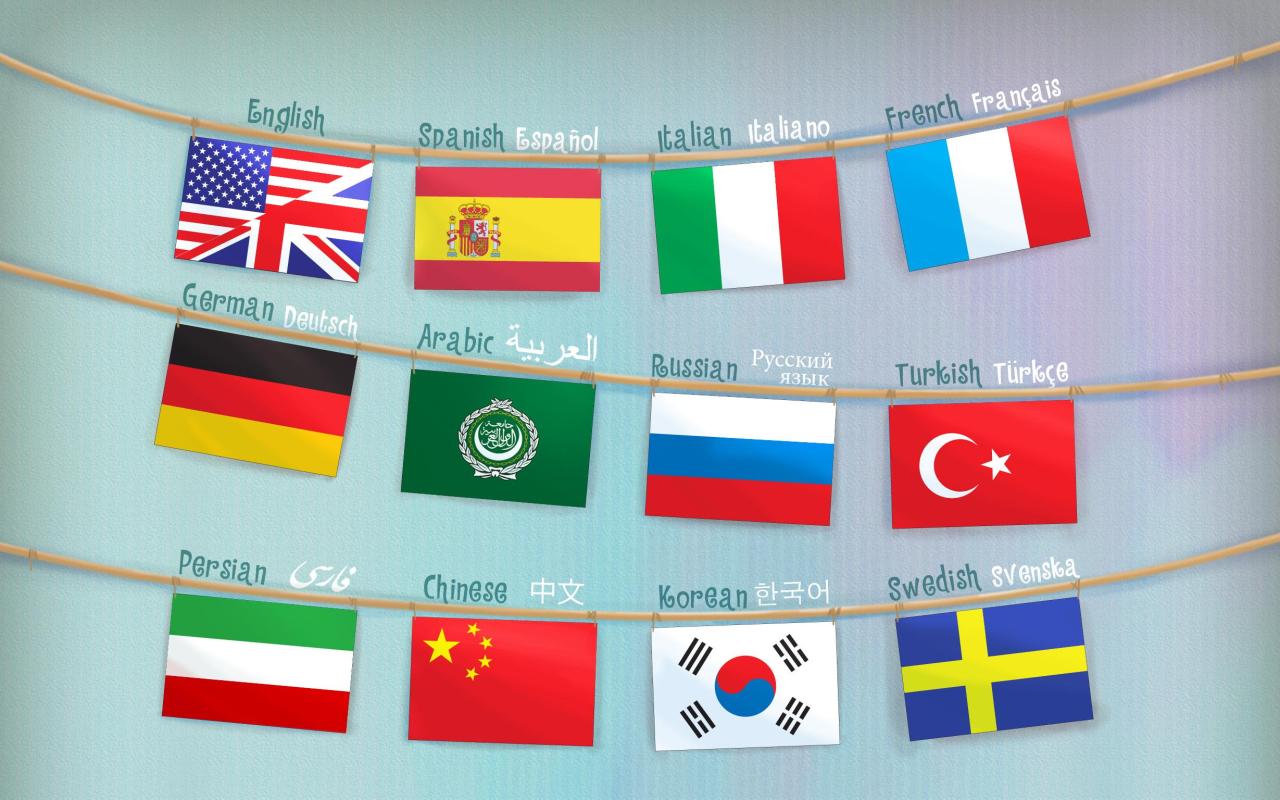As we continue to travel the world and engage with other cultures, we often encounter difficulties communicating. As someone who has formally studied four foreign languages and claims proficiency in two, I can say language learning is no easy task. Technology such as Rosetta Stone, Google Translate, and DuoLingo have certainly made it easier, but considering that most of the places we travel don’t have widespread wifi, a more systematic approach to language acquisition should be used.
Here are my top 5 tips for efficient language learning:
1 – Learn the common verbs
Go, be, have! Think about all of the conversation you have everyday. When you gossip and chit chat it’s generally about someone DOING or something BEING. Make an effort to make a list of all the common verbs you use and practice them in the target language. Even if your vocabulary is limited, you can get your point across by conveying the action of an object.
2 – Practice pronunciation based on region
No one learns English as a second language to sound like a New Englander or Southerner because twangs and obscurely elongated vowels complicate one’s ability to communicate effectively in the target language. If you are learning a language that has varying regional dialect, elect to learn the most widely spoken form of that language. That way you can communicate with both street vendors and diplomats. If your target language involves tones, be sure to stress every low tone in the depths of your throat and sing the high notes as if a lofty hymn.
3 – Listen for keywords
Listening, I have found is the most difficult part of learning a new language. Native speakers tend to speak the target language much quicker than you’d expect. When listening, try to catch keywords and use context to understand what is being said. If you’re in a mall and someone says shirt and a bunch of numbers they’re probably giving you a price. Don’t stress out over catching every word.
4- Write to read and read to write
This is an old adage told to writers, but it rings true to learning how to read a new language. Often, newspapers in the target language are tough but if you practice writing small passages about your day or current events, before you know it you will understand syntax and grammar on both the beginner and intermediate levels. Make sure to have a native proofreader.
5 – Be confident
The biggest hurdle in learning a language is using what you’ve learned. Take every opportunity to launch into the language despite your limitations. Even if you just know “Hello” and “Today is rainy” a few key phrases can boost your confidence exponentially. Native speakers will also be pleasantly surprised by your efforts, and may take it upon themselves to teach you more. So greet the waiter at your favorite food spot, you never know where it may lead you.
Check out these resources to further your language conquests:
Quizlet is an online database for flashcards. It allows users to create digital flash cards and provides options for their use. It’s a great resources. Even if you don’t want to take the time to type in your vocab list, it’s likely a similar list already exists. Just use the sites search feature to find subjects from Hungarian health terms to physics 101 equations.
Byki is a freeware and fee-ware software that is similar to Quizlet, in that you can access a database of user created content, but also offers lesson based flashcards. They use a method called declarative learning (read: rote) to help the user learn vocabulary words and phrases, while using the voice of native speakers for pronunciation practice.
BestDict is a convenient offline dictionary that includes both colloquial and standard definitions. Available in over 15 languages, including Indonesian, Urdu, and Vietnamese, it is the most comprehensive non-web based platform I’ve encountered.
Happy Language Learning!
